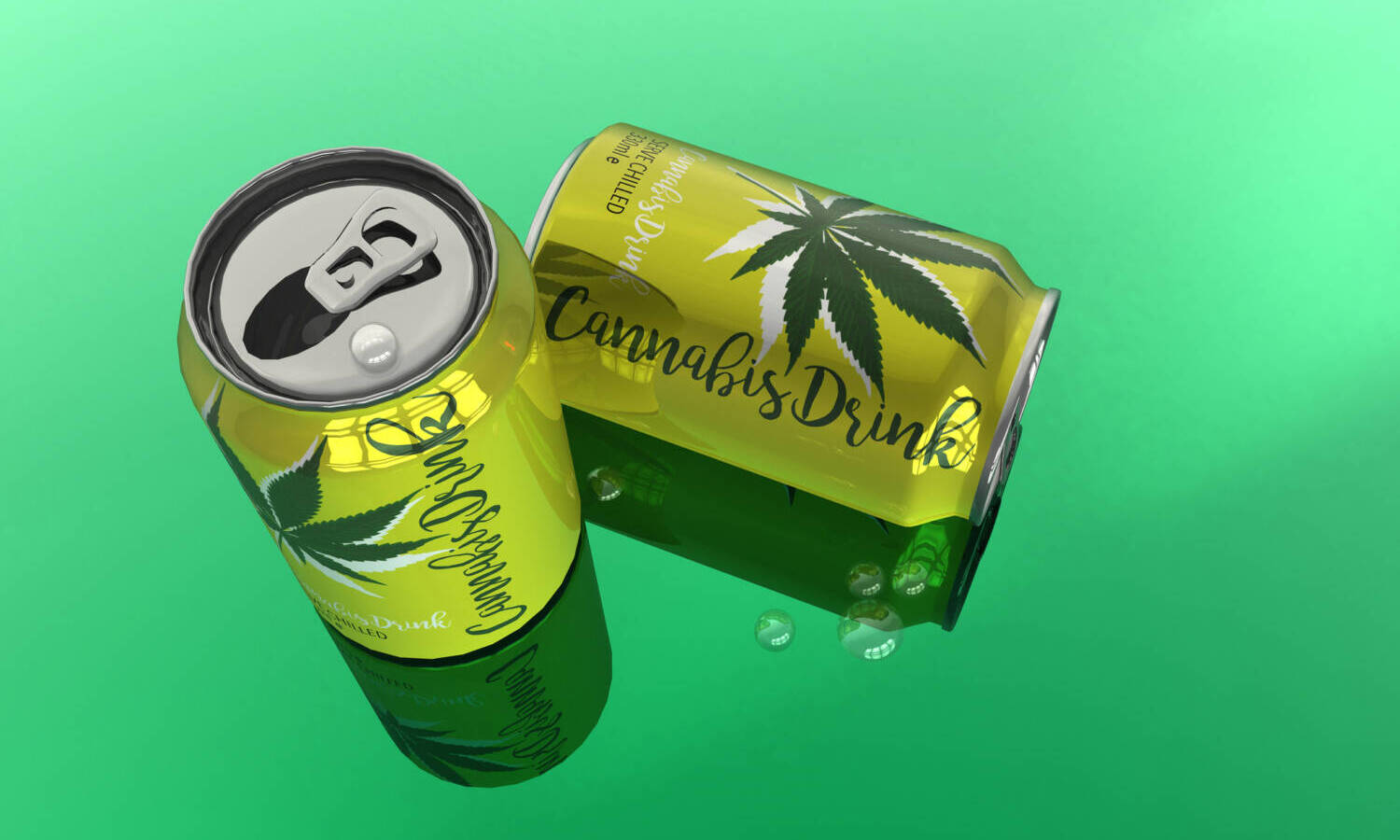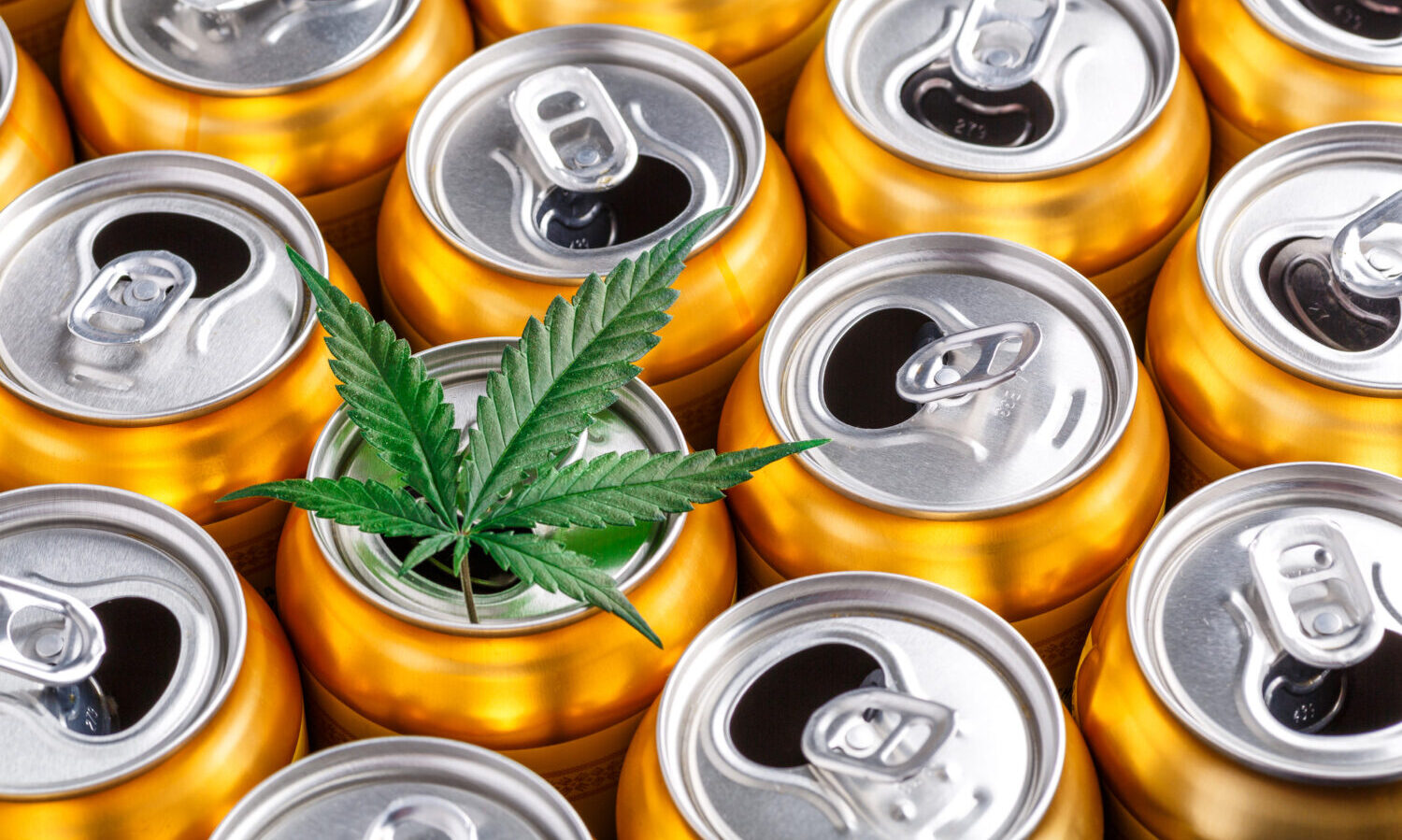
Why Cannabis Drinks Haven’t Crushed Their Market Share Just Yet
Cannabis beverages have come a long way in a very short amount of time. Technology and science have made it possible to emulsify THC and help these drinks enter the bloodstream faster, getting the drinker high almost as fast as a joint and hours faster than a gummy bear.
At the same time, there is even growing interest from major alcohol brands, with companies like Pabst Blue Ribbon dipping into the cannabis beverage market with theirs High seltzer.
Photo by rgbspace/Getty Images
There’s a lot of momentum, a lot of buzz, and all the necessary tools for cannabis beverages to make a splash in the cannabis market pool. Still, cannabis beverages make up only about 1.1% of the total U.S. legal cannabis market Headset. That’s not exactly a cannonball; it’s hardly a wave.
With all these great things that work in its favor, why haven’t cannabis drinks made it into the mainstream yet?
The first reason isn’t so shocking – cannabis in all its forms is still illegal at the federal level. With a federal ban still in play, that means all sorts of bureaucracy to deal with. States have different laws when it comes to edibles and cannabis beverages. You also cannot ship cannabis across state lines like you can with beer or other canned beverages. That raises all sorts of logistical issues, and all of those hurdles add up. And according to CNBC, “This is preventing many companies from growing significantly, which has caused some to withdraw their efforts in the market and others to give up entirely.”
The convenience factor also needs to be considered and when it comes to discretion and convenience, food or drink wins every time. “One reason for this is the category dominance of candy, particularly gummies, which has an advantage over beverages because of their convenience and portability, two factors that BDSA Consumer Insights says are the top drivers of product selection.” BDSA Chief Commercial Officer Jessica Lukas to the beverage industry.
She then added another reason that has less to do with consumer interest and more to do with cost. “Another reason is that cannabis beverages present more logistical problems for distributors and retailers, as most beverage products are more expensive to transport and retail store than smaller and lighter edible form factors,” Lukas continued. Cannabis drinks are heavier and bulkier than almost any other type of cannabis product. This makes shipping more expensive.
RELATED: Can Cannabis and Hemp-Infused Beverages Replace Your Alcoholic Drinking Habits?
The size and volume of cannabis beverages can present other challenges in addition to shipping costs. There is also a struggle to find space in a pharmacy’s often small retail area to showcase eligible products.
 Photo by IURII BUKHTA/Getty Images
Photo by IURII BUKHTA/Getty Images
“If canned cannabis beverages were allowed in grocery stores, I think it would become one of the top five beverage categories.” Petalfast Managing Director Jason Vegotsky to Beverage Dynamics to Beverage Dynamics. “Instead, pharmacies are currently the main channel for cannabis beverages,” Vegotsky continued. He explained in the interview that pharmacies present all sorts of sales challenges for cannabis beverages. Finally, most pharmacies don’t have cold storage (cold drinks are much more appealing, after all).
RELATED: Drinking THC: What you should know before you try
In addition, each can takes up significantly more space than a whole pack of gummy bears. Some states don’t even allow the beverages to be presented in pharmacies, and if they do, the likelihood of a pharmacy giving up much of its limited real estate for this still small slice of the market is pretty unrealistic.
While getting the cans off shelves and into the hands of new customers is definitely a challenge right now, many are optimistic it’s a temporary problem, a growing pain of sorts. “It’s so hard to get your elbow in the door, but if you have a product that’s been bought repeatedly or is loyal, the retailer gets it within two to three months.” Luke Anderson, co-founder of the cannabis beverage brand CANN, said Bloomberg.
Because while cannabis beverages got off to a slow start, the market has big goals and even bigger supporters.
As cannabis lounges begin to open and more mainstream brands launch their twist on a cannabis drink, it’s hard to see this trend going anywhere but up. “There have been multiple false starts in making drinks the next big thing,” Keep Brands CEO Travis Tharp told CNBC. “But I think we’ve gotten to a point where we’re showing that year-on-year growth is something substantial.”

Post a comment: